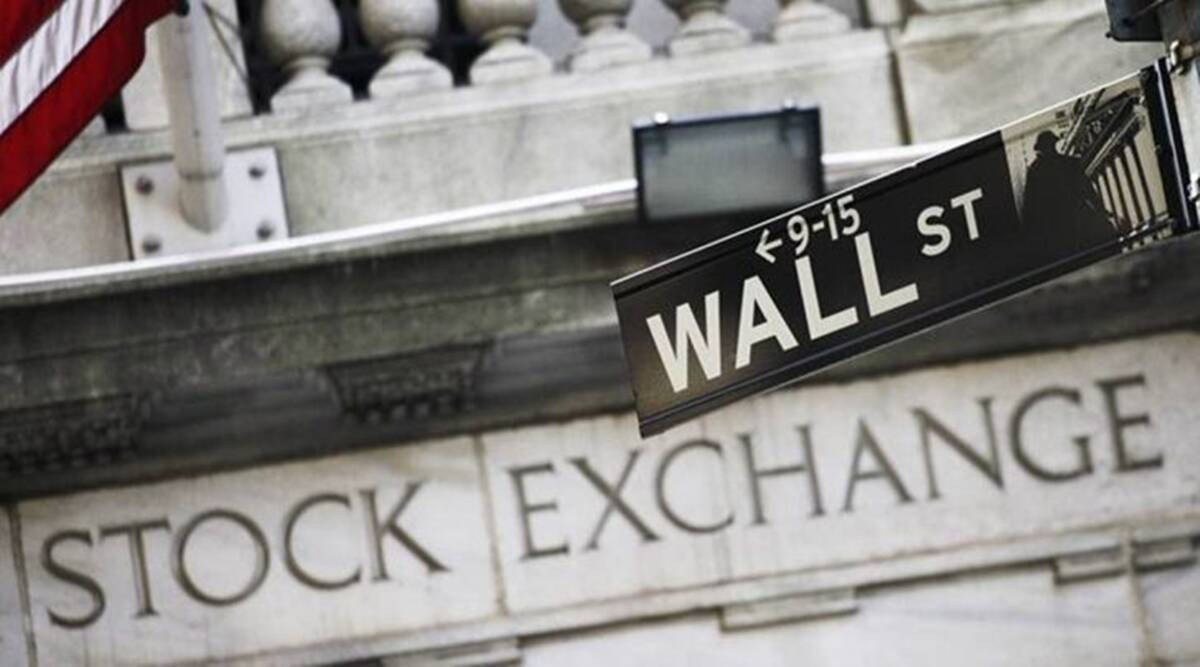LONG-DATED US Treasury yields surged and global stock markets slid further yesterday as investors worried the US Federal Reserve (US Fed) may not be able to curb inflation in the years ahead even as the country’s data showed decelerating wage growth in April.
Labor Department data showed that the unemployment rate fell last month to its pre-pandemic low of 3.5% as job growth moderated. Average hourly earnings rose 5.5% from a year ago, slightly slower than the previous month’s increase.
The data underscored challenges the US Fed and other central banks face as they battle rising inflation with China’s lockdowns causing persistent supply chain disruptions and the war in Ukraine pressuring food prices.
The inflation outlook past the next two years is beginning to look cloudier for bonds, at least for bond traders, said FTN Financial interest rate strategist Jim Vogel.
“We have taken into account, not necessarily the inability of the US Fed to fight inflation, but an inflation problem that for right now is beyond central banks to calm for the rest of the decade. That’s pretty bleak,” Vogel said.
The yield on benchmark 10-year Treasury notes rose 5.3 basis points to 3.121%, a rate last seen in November 2018 after sharply rising from about 1.5% at the end of last year.
The US Fed hopes to slow inflation by tightening monetary policy. Market volatility has increased on fears too much tightening could cause a recession.
Trade was volatile on Wall Street. The major indexes rose briefly into the green and the Nasdaq fell as much as 2.66%. The Nasdaq and S&P 500 posted their fifth straight week of declines, and the Dow its sixth. It was the longest losing streak for the S&P 500 since mid-2011 and for the Nasdaq since late 2012.
The Dow Jones Industrial Average fell 0.3%, the S&P 500 lost 0.57% and the Nasdaq Composite dropped 1.4%.
“The market is focused on the Fed being behind the curve and that’s why the market is down,” said Truist Advisory Services chief market strategist and co-chief investment officer Keith Lerner.
US Fed funds futures priced in a roughly 75% chance of a 75 basis-point interest rate hike at next month’s US Fed policy meeting – even after US Fed Chair Jerome Powell said Wednesday the US central bank was not considering such a move.
The pan-European STOXX 600 index fell 1.91% as regional shares chalked up their worst week in two months. MSCI’s gauge of global equity performance shed 0.99% and emerging market stocks lost 2.57%.
Ameriprise Financial chief economist Russell Price said the unemployment report showed the US labour market is solid.
“Over the last few months, we have seen the month-over-month pace of average hourly earnings starting to decelerate somewhat,” he said. “That’s a positive indicator that this surge in hourly wages that we experienced may finally be easing.”
The dollar slipped against a basket of currencies after two volatile days as investors focused on how aggressive the US Fed will be in hiking rates.
The dollar index hit a 20-year high overnight on safe haven demand, the day after a sharp stock selloff driven by rising US interest rates and as European currencies weakened on worries about growth in the region.
EU cautious
The dollar index rose 0.077%, with the euro up 0.06% to US$1.0546. The yen weakened 0.31% at 130.56 per dollar.
The European Central Bank should raise its deposit rate back into positive territory this year, French central bank chief Francois Villeroy de Galhau said, indicating his support for at least three rate hikes in 2022.
The Bank of England raised rates by 25 basis points on Thursday as expected, but two policy makers expressed caution about future rate hikes.
Oil prices climbed for a third straight session, shrugging off concerns about global economic growth as impending European Union (EU) sanctions on Russian oil raised the prospect of tighter supply.
US crude futures rose US$1.51 to settle at US$109.77 a barrel and Brent settled up US$1.49 at US$112.39.
Gold rose on a weaker dollar but the prospect of aggressive rate hikes from the US Fed led bullion to post its third straight weekly decline.
US gold futures settled 0.4% higher at US$1,882.80 an ounce. Bitcoin fell 1.76% to US$35,891.06.
Germany’s 10-year government bond yield rose to 1.082%, its highest since 2014. – May 7, 2022










